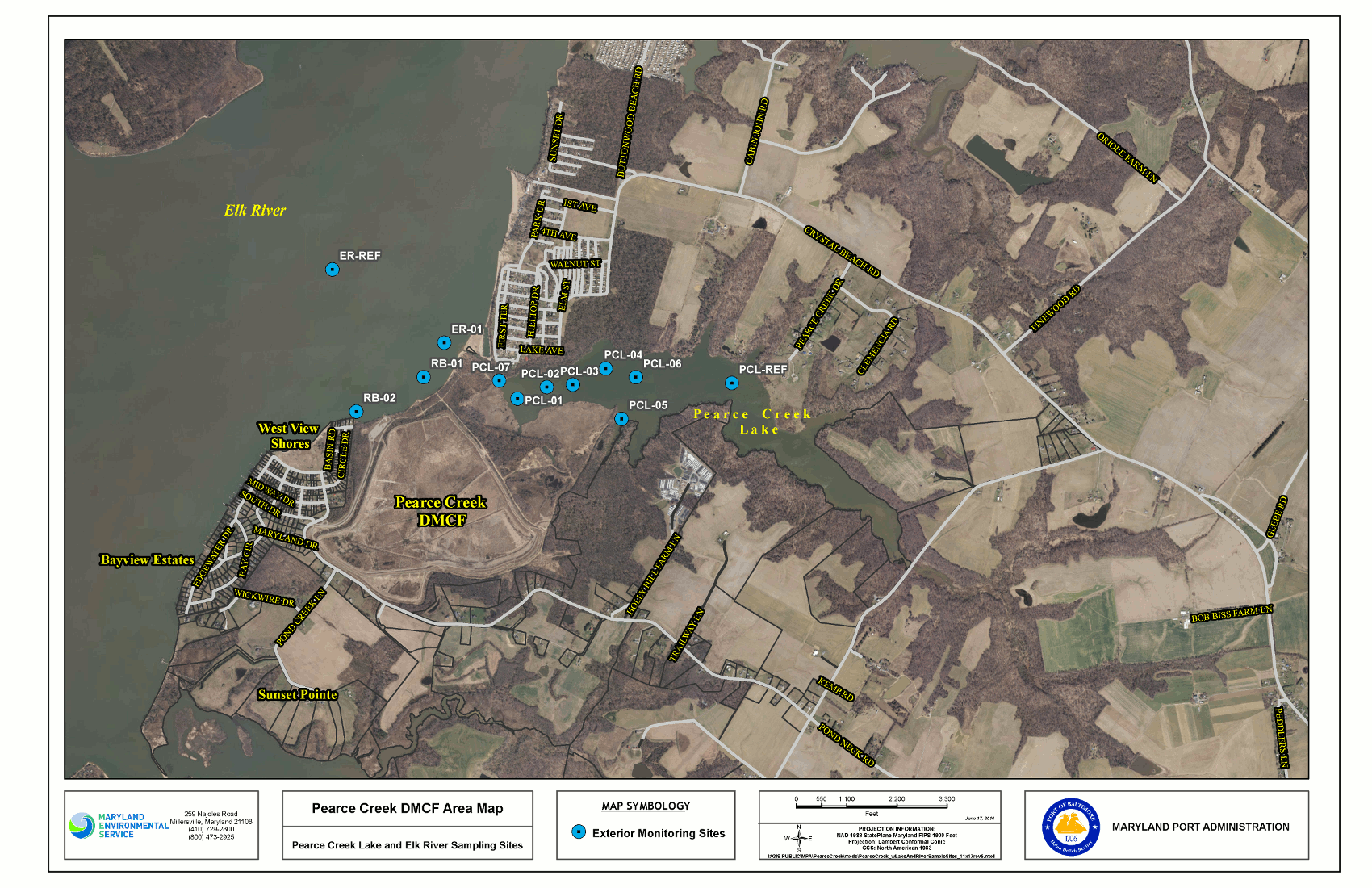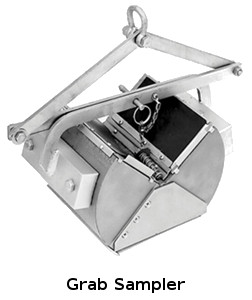Exterior Monitoring 101
WHAT IS THE EXTERIOR MONITORING PROGRAM?
In addition to the monitoring efforts required by the WQC issued by MDE, exterior monitoring of the Pearce Creek DMCF will be voluntarily conducted by MPA. Exterior monitoring ensures that the environmental conditions surrounding the DMCF remain unaffected by the water being discharged from the facility. MPA has ongoing exterior monitoring programs in place at other DMCFs throughout the Chesapeake Bay, including Hart-Miller Island, Masonville and Cox Creek. To date, the exterior monitoring results have demonstrated no significant changes to the environmental conditions surrounding the HMI, Cox Creek and Masonville DMCFs associated with the operation of the facility. The purpose of the exterior monitoring efforts is to provide reassurance that the environmental conditions surrounding the Pearce Creek DMCF are not being negatively impacted by the waters discharged from the facility.
WHAT IS BEING MONITORED?
The Pearce Creek DMCF exterior monitoring program includes: water and sediment quality, and benthic community (i.e. organisms which live on or in the sediment of the seabed) composition. Ten sampling stations have been selected: six stations in the Pearce Creek Lake, two stations in the Elk River, and a reference station in both the lake and river.
HOW WILL MONITORING OCCUR?
Exterior monitoring samples are scheduled to be collected once a year, in the fall. The fall 2015, spring and fall 2016, and spring 2017 sampling provided a baseline that future exterior monitoring will be compared to. From this data it will be possible to determine if any changes in environmental conditions are occurring. Sampling will be conducted prior to the first dredged material inflow event of the year (October 1st). The first dredged material inflow at the Pearce Creek DMCF occurred from December 2017 through February 2018. Water samples collected will be analyzed for:
- Metals
- Nutrients
- Temperature
- pH
- Salinity
- Total suspended solids
- Dissolved oxygen (DO).
Sediment samples collected will be analyzed for:
- Metals
- Nutrients
- Moisture content
- Grain size
- Specific gravity

Monitoring will occur as follows:
- Water quality samples will be collected from up to eight sampling stations.
- Sediment samples will be collected at each sampling station using a grab sampler, undisturbed sediments will be collected at 0-6 inches below the sediment-water interface. A physical description of the sediments will be recorded in the field as well.
- Benthic samples will be collected at each sampling station to characterize the surrounding benthic community.

Back to Top
